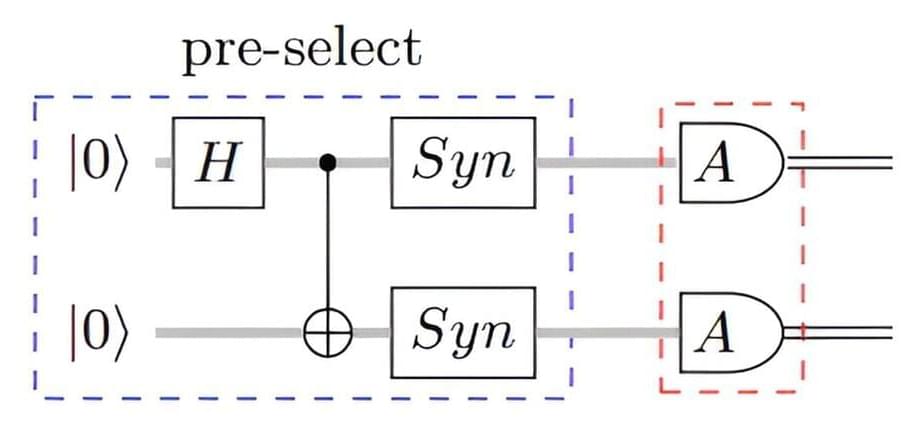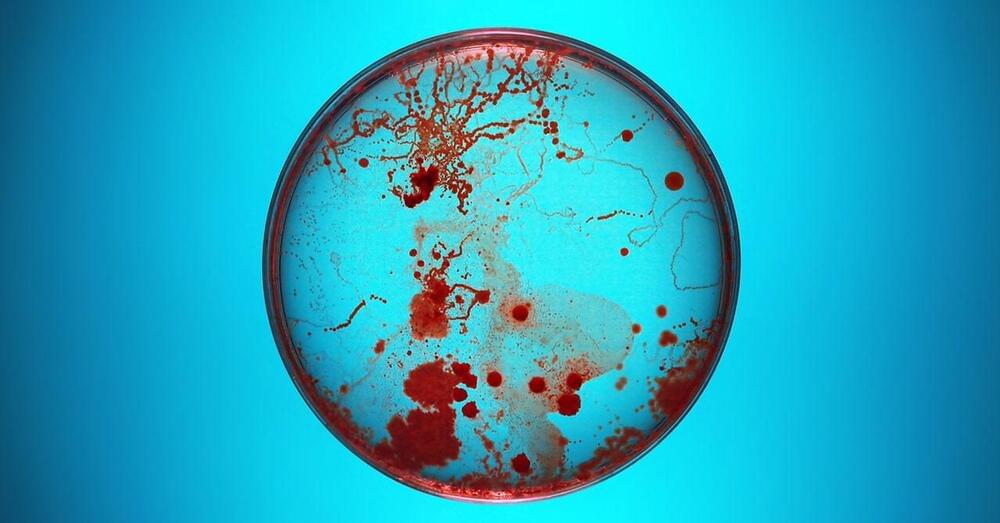Apr 23, 2024
Machine Learning Uncovers New Ways to Kill Bacteria With Non-Antibiotic Drugs
Posted by Paul Battista in categories: biotech/medical, health, robotics/AI
Human history was forever changed with the discovery of antibiotics in 1928. Infectious diseases such as pneumonia, tuberculosis and sepsis were widespread and lethal until penicillin made them treatable.
Surgical procedures that once came with a high risk of infection became safer and more routine. Antibiotics marked a triumphant moment in science that transformed medical practice and saved countless lives.
But antibiotics have an inherent caveat: When overused, bacteria can evolve resistance to these drugs. The World Health Organization estimated that these superbugs caused 1.27 million deaths around the world in 2019 and will likely become an increasing threat to global public health in the coming years.


















